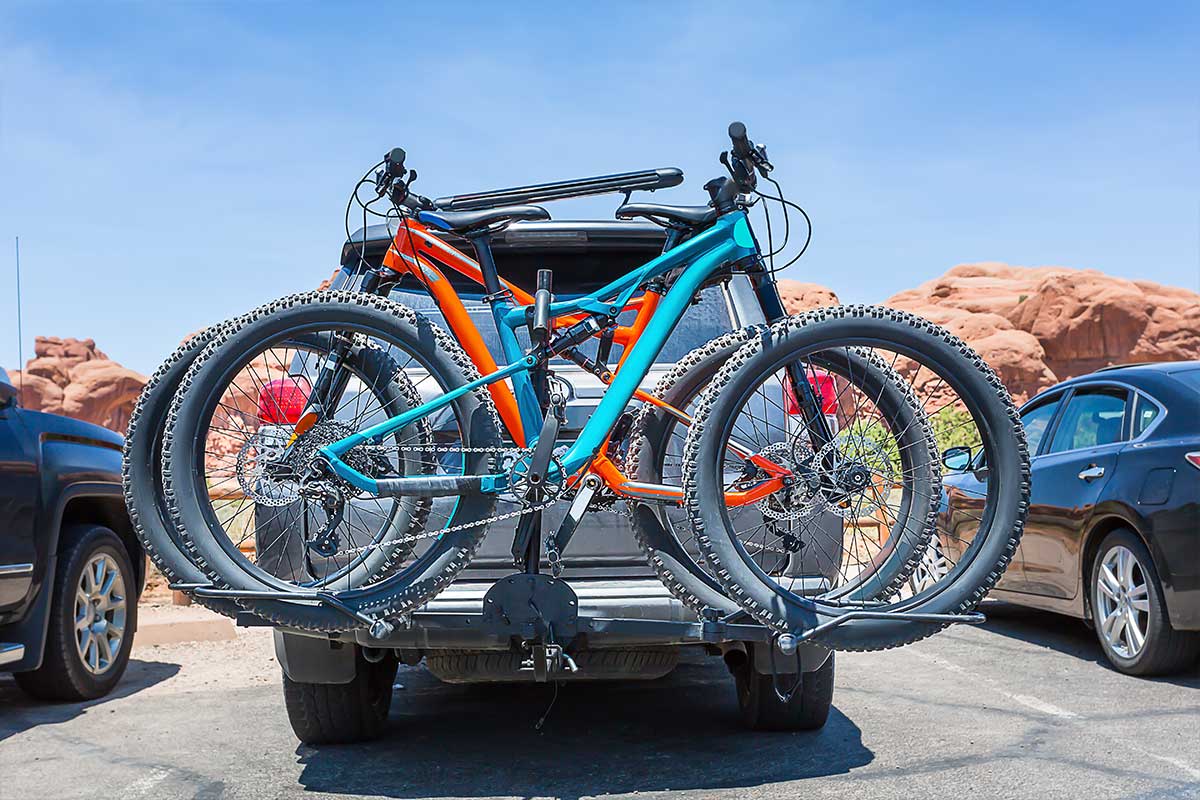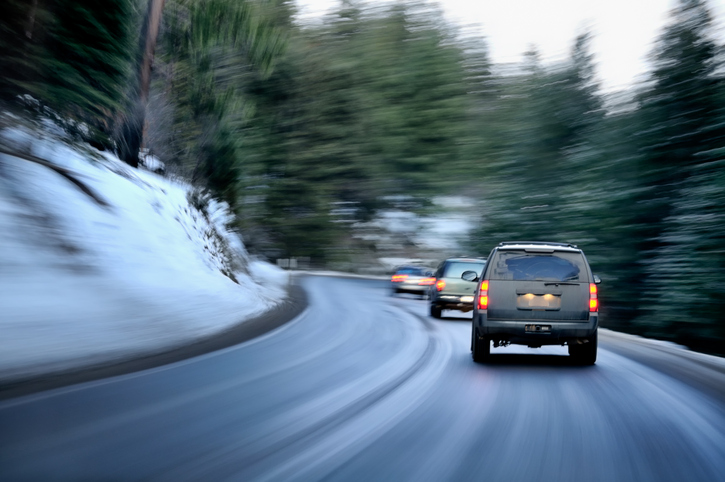Wet Weather Driving
Welcome to wet weather driving road season in British Columbia! Some areas are blessed with this situation more often than others, but drivers need to be aware of the perils of wet highways. The well being of you and other road users depend on it.
Wet pavement alone can increase stopping distances by more than 10%. Water acts as a lubricant on the road surface and reduces traction. Add any dust and oil that might be present at the beginning of a rainfall and the highway could be very slippery until it is washed away.
Now would be a great time to increase your following distance to 4 or 5 seconds. That extra time to slow or stop could come in handy.
Remember, reduced traction also means a reduced ability to steer.
Hydroplaning is the situation where your tires are actually riding on top of a film of water on the asphalt. They are not in contact with the pavement and your vehicle will neither steer nor brake in this situation. To escape, lift your foot off the accelerator and coast in a straight line bleeding off speed until your tires are in contact with the road surface again.
Now steer or brake if required, and remember that it might be a good idea to proceed at reduced speed until the road conditions change for the better.
Steering before your tires regain contact with the road can result in a sudden change of direction when they do. This could cause you to collide with a vehicle beside you or running off the road altogether.
Getting caught in a hydroplaning situation depends on four things; your tire’s tread depth, the inflation pressure, your speed and the depth of the water on the road surface. You have complete control over three of these items. Make sure you have adequate tires and keep them inflated to the pressure on the door sticker. Slow down when it is wet.
Lastly, watch the tire tracks of the vehicle in front of you. If the tracks stay clear of water for a second or two behind the vehicle, the water is not deep and a higher speed may be tolerable. If the tracks fill in immediately, there is a lot of water on the road surface and you must slow to an appropriate speed immediately.
Beware of standing puddles on or streams of water across the highway. If you drive into one and the tires do not strike the water at the same time you may be pushed out of control as one side of the vehicle slows down in response and the other does not.
Moderate speeds during wet weather are your best bet for safety.
Driving at night in the rain can be difficult. Make sure that your wiper blades are up to the task and consider using a hydrophobic glass treatment to increase visual acuity. This is useful for windows other than the windshield and the mirrors too.
Story URL: https://www.drivesmartbc.ca/skills/wet-weather-driving
Constable Tim Schewe (Retired)
DriveSmartBC: Where better than average road users satisfy their curiosity.
Have you been classed a high risk driver in Ontario? Get back on the road today with the right High Risk Car insurance. Auto Insurance made easy! Get an instant automobile insurance quote today. Visit the High Risk Auto Pros.





